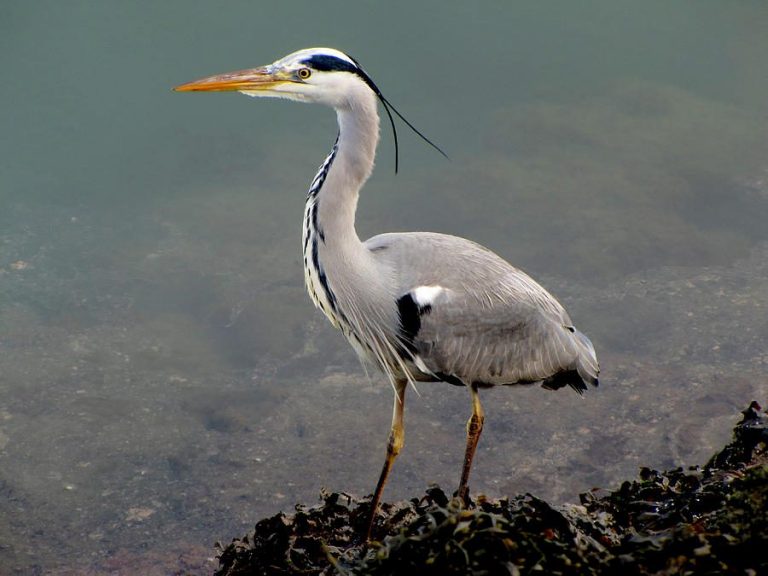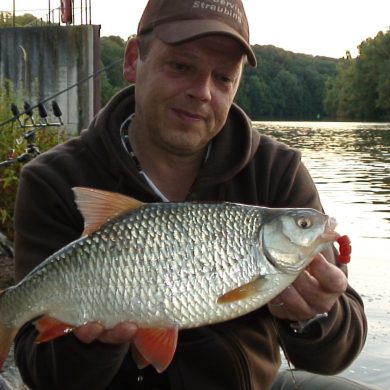I’m not too surprised when someone shoves a brown envelope into my hands with furtive glances. Well unless it contains a large amount of used twenties and a whispered warning to make yourself scarce before Mr Big catches up with you. Therefore when, at a Sussex Fly Dressers Guild Thursday tying evening at Patcham, the chairman of the main guild at that time, Alan Middleton, thrust a brown envelope into my paws I thought it might be a pay off from the main guild to stop writing these articles! However looking at the scrawl on the front – Ardea cinerea – it was clear that a few Grey Heron feathers wouldn’t buy many personal desert islands.
Alan indicated I should cast these treasurers widely so I passed them on to whoever fancied them as I didn’t need any for myself as I still largely had most of a complete set of wings from a dead Heron I found whilst out walking last March.
It occurred to me that only a few people decided to have some – and I wondered whether this was down to the fact that heron, specifically herl from the primary and secondary feathers (the main flight feathers of the wing) is hardly used in trout flies these days. Now this is obviously linked to supply and demand – with Heron being a protected species the material doesn’t appear in catalogues for sale and it is only those available to those who make use of any dead bird or discarded feather found on their countryside outings. It set me thinking that maybe it might be worth tying up a few of these old patterns (and as I surprisingly discovered some quite new patterns).
I dusted off my memory banks, had a rifle through my fly boxes and came up with the following pattern. Before falling into the detail of the pattern I should mention that any of the long wing feathers or even the tail feathers from a heron yield very usable herl and it should be cut off and used very much like pheasant tail fibres. However heron herl is more fragile than pheasant and I apply the following tactic when making a herl body as it makes it slightly easier to tie and also more resistant to fish teeth and gives a nicer segmented abdomen effect than herl alone: When laying down the underbody of thread do not clip of the waste thread but keep it attached. Then when the heron herl is tied in take this trailing piece of thread and wrap it around the herl. Grasping both the herl and the thread wrap the body as normal and then tie both the herl and thread at the thorax point.
Grey Nymph
One of the David Collyer trio of nymphs for the reservoirs – probably the most famous of the three as this fly was used to catch the fly-caught record rainbow trout back in the early 1970’s. In my tying I have substituted the very precise description of ‘grey with white tips ostrich herl’ for just plain white ostrich herl. I also prefer slightly longer tails than some may tie or consider in proportion but I think this gives the fly slightly more ‘wiggle factor’. With either of these modifications the fish don’t seem to care!

Hook: Size 10 Heavy Wet Hook (e.g. Kamasan B175)
Thread: Black
Tail: Tips of 4 or 5 strands of heron herl. These are the tips of the herl that are tied in to form the body.
Body: 4 or 5 strands of heron herl.
Rib: Silver oval tinsel
Thorax: Grey with white tips ostrich Herl. The waste ends of the heron herl are tied over the back to create wing cases.
N.B. Dr Paul Davis, to give him his full title, is the current Vice Chairman of the Fly Dressers Guild. When he is not fly fishing or fly tying he sometimes turns up for work as Registrar at the Natural History Museum.


